You are here
Fauna of Korgalzhyn reserve.
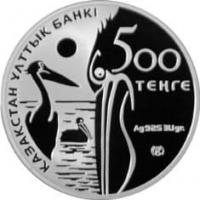
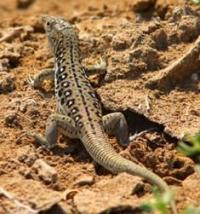
Trip to Korgalzhyn reserve.
“The bubble logic driving tulipomania has since acquired a name: “the greater fool theory.” Although by any conventional measure it is folly to pay thousands for a tulip bulb (or for that matter an Internet stock), as long as there is an even greater fool out there willing to pay even more, doing so is the most logical thing in the world”
Michael Pollan, The Botany of Desire. “ A Plant's-Eye View of the World”.
Excursion to Korgalzhyn Nature Reserve.
Fauna of Kurgaldzhin is typical for stepped and half deserted zones. There are 38 kinds of mammals (marmot, water rat, musk – rat, gopher, mouse, tushkanchik, wolf, fox, korsak, badger, stoat, weasel, steppe polecat, saigak, wild boar, lynx, elk, roe deer, hare, hedgehog), 274 kinds of birds (waftail, sandpiper, thrush, sea – gull.
Sparrow, crow, gray goose, pewit, lark, flamingo, heron, pelican, linner, bunting, hooper, swan, duck), 6 kinds of reptiles (lizard, adder, runner), 2 kinds of amphibia ( frog, toad, marsh tortoise), 11 kinds of fishes (pike, tench, perch, roach, crucian, carp, wild sazan) and different kinds of insects(dragon – fly, bug, butterfly, beetle, fly, midge, mosquito, horse – fly, ant, grasshopper, locust, mite, tarantula).
Korgalzhin preserve is situated in south-west of Tengiz-Korgalzhin hollow, which is situated in the center of Kazakhstan .
The preserve is situated in Korgalzhin district of Akmolinsk oblast in 160 km north-east to Astana. Total territory is 237.100km. The director’s office of preserve is situated in district center of Korgalzhino. Guard-posts are situated in settlements Karazhar, Razvedka, Nygyman.
About 40 - 80km to Korgalzhin from them. In 1957 Tengiz lake was declared as hunting preserve for five years. In May 1958 Korgalzhin preserve was founded but some unique lakes weren’t included in it. This preserve was only 3 years.
In 1961 it was already actually liquidated, part of it territories were ploughed. Finally, in April 1968 forest-hunting farm was remade in Korgalzhin preserve, but it was restored as lake not as steppe. Stock-breeding bases and some settlements were removed at the preserve limits and was set up protective zone in 2km including 199.200sq km of aquatories.
The preserve is included in a list of water-marsh areas of international significance in category “A” by International convention of protection of nesting places and wintering of aquatic birds ( project MAR). The world of invertebrate animals of the reserve has not been practically studied, therefore, in full evaluate its diversity is not possible.
Information on insects is limited to an incomplete inventory of Coleopterans, which consists of 256 species and is represented by species common to this zone, as well as fragmentary data on Lepidoptera. It is also known that dragonflies are represented by 25 species.
As part of the zooplankton of the reservoirs of the reserve, 87 taxa were discovered. In different reaches of Lake Korgalzhyn, 36 to 42 species are recorded, and in Lake Tengiz there are only 8 species (Matmuratov et al., 1996). B)
Fauna of Korgalzhin is typical to steppe and semi-desert zones. 38 kinds of mammals, 274 kinds of birds, 6 kinds of reptiles, 2 kinds of amphibious, 11 kinds of fishes are registered here. Fishes and birds of Korgalzhin lake feed on small invertebrate animals living in a water (zooplancton) or on a bottom of the lake (zoobentos).
The lakes of Korgalzhin full of fishes, including industrial kinds. They are: golden and silver carp, pike, tench, perch, roach. There are no fishes in Tengiz because of salt water. In the preserve there are few amphibious and reptiles. In the lakes and flood-lands live frog and green toad.
Korgalzhin lake is ornithological preserve because of many birds live there. Numerous of feathered are sparrow’s, 2/3 of them belong to 5 classes. According to the kinds they are distinguished into 3 orders: snipe, predatory and sea-gulls.
Nesting birds-are the largest group of birds with the typical representatives of average latitude (as gray goose, pewit, lake sea-gull, gray crow, field lark) in the preserve also nest such south birds as flamingo, curly pelican, white heron, sea-dove, linnet and others.
The ancient lake-Tengiz. Ancient birds nesting in it’s islands are wonderful pink flamingos, may be the most beautiful birds of our fauna. These flamingos are northern nesting colony in the world. They lived here when whole Tengiz-Korgalzhin hollow was the Tetis sea.
Flamingo or red wing (in kazakh “kzyl-kaz”) is a bird which has no like him. It is one of the long-legged birds in the world, it’s growth reaches 1,5m. To the place of nesting flamingo comes back in April. At the first decades of May birds lay 1 - 2 rarely 3 eggs.
Also you can meet curly pelicans, swans nesting here. In spring through Tengiz and Korgalzhin fly over more than million just aquatic birds, not counting number of million snipes.
Fishes of the Korgalzhyn Reserve.
They live only in the waters of Lake Korgalzhyn. In the ichthyological fauna, 14 species are represented. Among them are 11 indigenous and 3 acclimatized species (bream - Abramis brama, common carp - Cyprinus carpio, listed in the IUCN Red Book (IUCN), and zander - Stizostedion lucioperca).
The latter enter the lake along the channel of the Nura River and are not observed every year. Goldfish - Carassius carassius, perch - Perca fluviatilis and roach - Rutilus rutilus are the largest. Elec - Leuciscus leuciscus and ruff - Acerina cernua are found singly.
Pike - Ecox lucius, ide - Leuciscus idus, crucian carp - Carassius auratus have intermediate indicators. The distribution of background fish along the reaches of the lake is fairly even. Fish are characterized by good growth rate and high fatness.
The growth rate of roach is estimated as the highest among the populations of this species in Kazakhstan (Matmuratov et al., 1996). In general, the state of the ichthyological fauna is safe and in equilibrium in terms of food availability and the predator-prey ratio.
The ichthyological fauna attracts amateur fishermen most of all. Of particular interest is pike (Ecox lucius), perch (Perca fluviatilis), roach (Rutilus rutilus), silver and goldfish (Carassius auratus and Carassius carassius).
Reptiles and amphibians of the Korgalzhyn reserve.
These animals are not widespread in the reserve. Amphibians are represented by 2 species: in the reserve area, the southern border of the distribution of the frog (Rana arvalis) and the northern border of the range of the green toad (Bufo viridis) pass.
Of the reptiles, the habitat of three species is reliably - lizards (Lacerta agilis), steppe viper (Vipera renardi) - common representatives of the fauna of the reserve, and multi-colored foot and mouth disease (Eremias arguta) - a rare species located on the northern border of its distribution.
Links to the encounter of the patterned snake (Elaphe dione) and the common muzzle (Gloydius halys) require confirmation. Among the listed species, only the steppe viper is listed in the IUCN Red Book. Endemic species are absent.
Observations of animals of these groups in the reserve are not carried out.
Birds of the Korgalzhyn Reserve.
Flamingo or red wing (in kazakh “kzyl-kaz”) is a bird which has no like him. It is one of the long-legged birds in the world, it’s growth reaches 1,5m. To the place of nesting flamingo comes back in April. At the first decades of May birds lay 1-2 rarely 3 eggs.
Also you can meet curly pelicans, swans nesting here. In spring through Tengiz and Korgalzhin fly over more than million just aquatic birds, not counting number of million snipes. In the ornithological respect, the Korgalzhyn nature reserve area is an exceptionally interesting territory.
The feathered world is represented by 328 species, which is 65.3% of all ornitho fauna of Kazakhstan. Of this number, 39 are listed in the Red Book of Kazakhstan, and 24 species are listed in the IUCN Red Book. The complex of nesting birds, consisting of 126 species, has the features of the fauna of the central Kazakhstan lake steppes with a long-formed core.
Among the breeding species, 17 rare and globally threatened. During the period of migration 219 species stay here, among them 14 are listed in the Red Books. On the islands of Lake Tengiz is the northernmost nesting population of common flamingos.
(Phoenicopterus ruber), a relict species listed in the Red Book of Kazakhstan. Here 10,000 to 14,000 pairs of flamingos nest at the same time, and the total number can reach 60,000 individuals. The avifauna of the reserve is attractive for tourists of different categories.
Tourists usually pay attention to large birds: flamingos, pelicans, swans, herons, gulls, cranes, daytime birds of prey, as well as large concentrations of waterfowls and waders in ponds. Birdwatcher is most interested in rare bird species, especially the bustard and strep, endemic larks, as well as small passerines.
Mammals of the Korgalzhyn reserve.
41 species of mammals live here, which makes up almost half of the entire original fauna of the Kazakh small hills, and includes 6 species listed in the IUCN Red Book. The core of the fauna consists of 55% representatives of the rodent order, since it is this group of animals that evolves in arid regions.
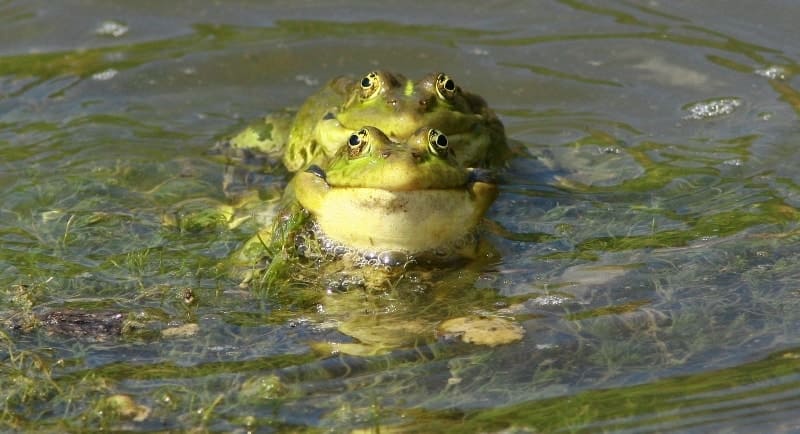
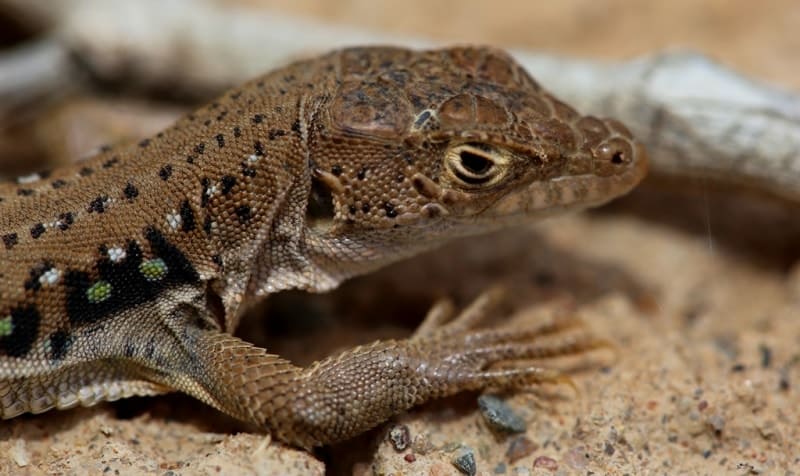
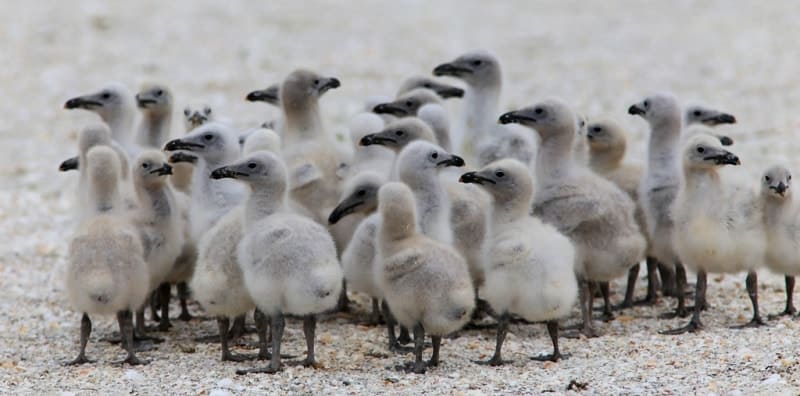
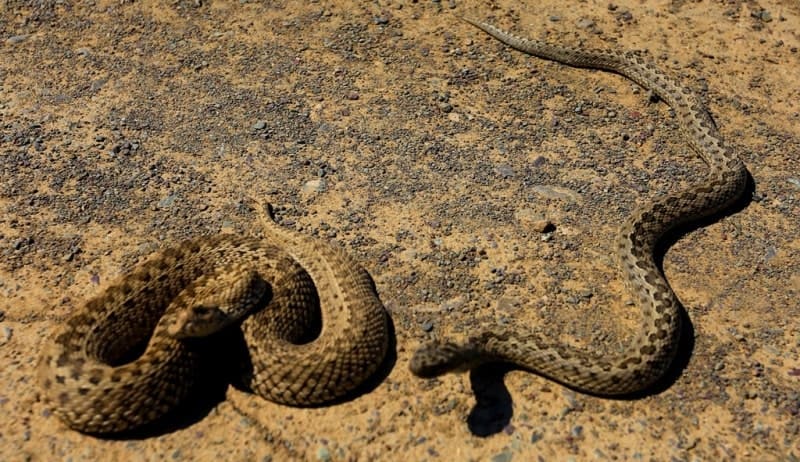
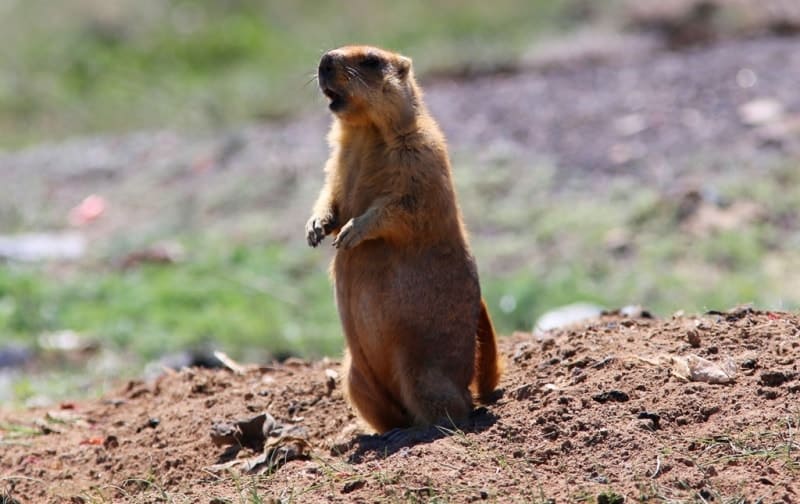
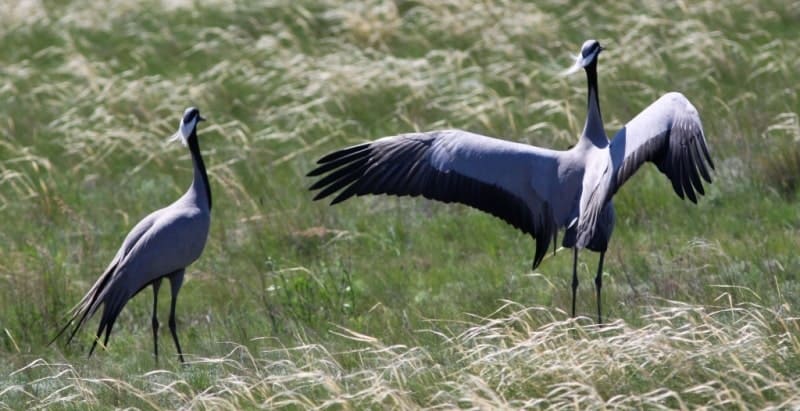
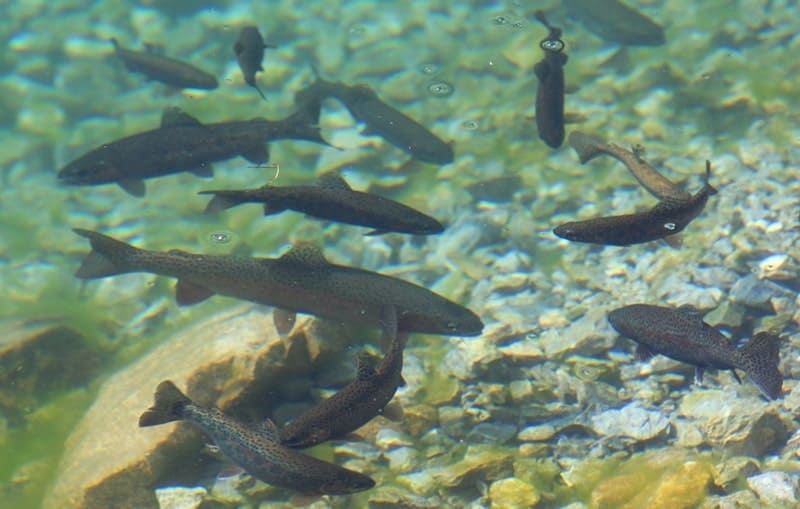

Authority:
"Korgalzhyn State Nature Reserve." Sidorova T.
Photos by:
Alexander Petrov.







